The frenzy over Bitcoin and the Filipino ‘biglang yaman’ mentality
By Rene Pastor
A long-time friend who lives in California asked what I thought about Bitcoin. I replied with a laugh, “You too?”
I have read how many people, especially in Asia, are both intrigued and enamored by this digital currency. Across the Philippines and Hong Kong, Bitcoin has become an enchanting game of chance, no different from the lottery, the slot machines or the stock market. Some have actually parted with their savings just to test what Bitcoin is all about; more people are about to do the same. With very little information, that would be like plunging into the unknown.
Let me tell The FilAm readers what I told my friend. I am not an expert but, as a financial journalist, I know a little bit to serve caution to would-be investors.
Bitcoin is a digital currency supposedly created by one Satoshi Nakamoto. The name is not necessarily Japanese and may not necessarily be of one person. The real identity of the creator/creators remains a mystery.
In Bitcoin, there is no physical currency like a $1 bill. The currency exists only in the digital universe. It is created through a long series of numbers that are linked on a mathematical encryption algorithm that can be found in the cloud. There is a public key similar to your bank account number which is published to the world and can receive Bitcoins for whatever transaction. Then there is a private key that is like your pin number to an ATM. If something happens to your Bitcoin, you can’t run to any central bank for protection. Literally, you’re on your own.
The online site 99bitcoins.com lists several online as well as brick-and-mortar companies – from airline booking companies to political fundraisers to a pizza parlor in Jersey City – that accept Bitcoins. More than 100,000 merchants and vendors worldwide accept it as payment.
With Bitcoin, transactions are recorded in a public ledger called the blockchain. Several countries, from the U.S. to Europe and Japan, are warning about the dangers of investing in Bitcoin. South Korea has said it may crack down on Bitcoin, while China has banned it.
Bitcoin has been around since 2009 but not a lot of people took it seriously then. It acquired some notoriety for being the currency of drug gangs and money launderers because of the anonymity of the transactions.
It was only recently that people began to do a double take after it was reported that the Winklevoss Twins made $1.3 billion from buying $65 million worth of Bitcoins. Some investors are now emerging from behind their computers and outing themselves as “Bitcoin millionaires.”
Investopedia came up with a reason why Bitcoin is so popular. “There are many Bitcoin supporters who believe that digital currency is the future. Those who endorse it are of the view that it facilitates a much faster, no-fee payment system for transactions across the globe.”
Some financial trends seem to foster acceptability of Bitcoin. Two exchanges – the Chicago Board Options Exchange and the Chicago Mercantile Exchange – decided to begin trading in Bitcoin futures in December 2017.
There is a catch though. They are demanding large margins for transactions. For example, an investor putting up $1,000 to play the Bitcoin market will need to come up with an additional amount of at least $440 as a guarantee or insurance fund to the exchange. The amount of the margin is quite large compared to other financial markets.
Goldman Sachs, which is supposed to start a trading desk for cryptocurrencies in June 2018, is requiring a 100 percent margin for Bitcoin transactions. So a $1,000 investment will need an additional $1,000 as a guarantee for the transaction.
These and other developments are a signal Bitcoin is slowly entering the mainstream financial markets.
There remains widespread skepticism though. An official of the U.S. Federal Reserve has warned that speculation was driving the frenzy and creating what many financial regulators call a “dangerous bubble.”
The Bank of Japan governor, Haruhiko Kuroda, described the behavior of Bitcoin as “abnormal” and pointedly said it is not a currency. He added that “speculation” was driving the movement of Bitcoin.
The price of Bitcoin, which entered 2017 around $1,000, hit nearly $20,000 on December 18. By December 22, the price nearly halved and was trading close to $10,000. The rebound took Bitcoin back to nearly $15,000 a few days before Christmas. It is this kind of wild swings in prices that has become the norm in this virtual currency.
The question going into 2018 is whether Bitcoin will start another rally that would lift it past the $20,000 level.
For Filipinos, the attraction of Bitcoin could well be psychological. The “biglang yaman” (meaning: sudden wealth) mentality and a gambler’s instinct are the drivers. My friend asked if I was willing to put some money down.
I said, “Too rich for my blood.”
© The FilAm 2018


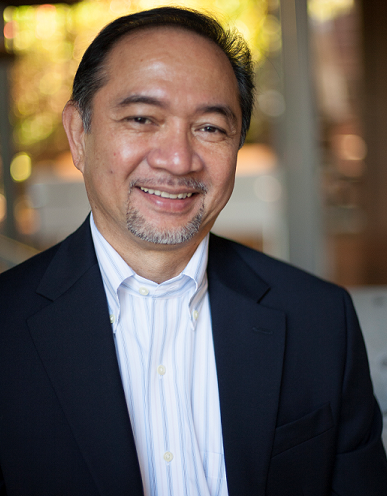

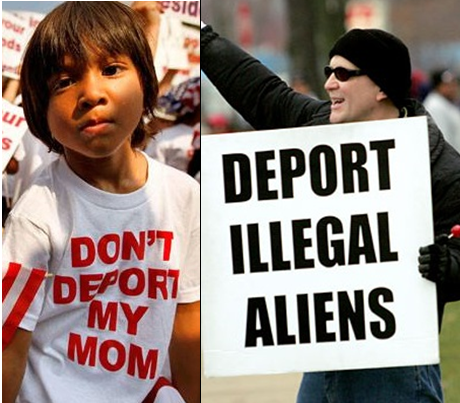


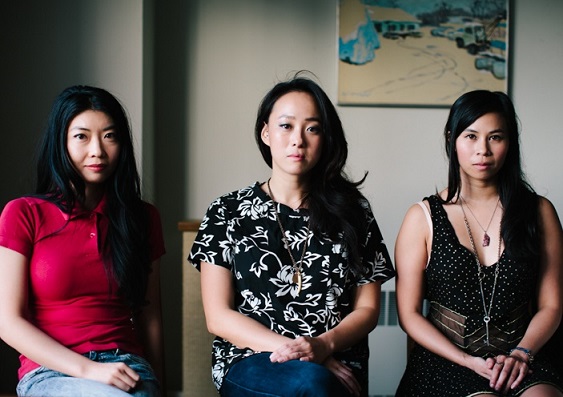
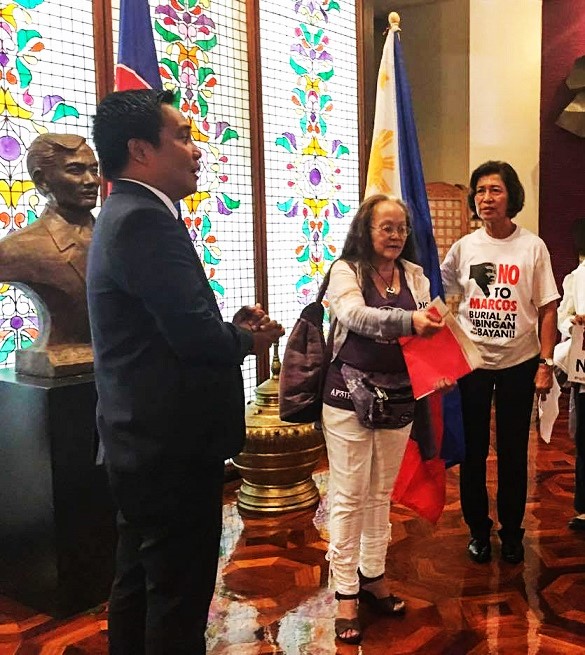

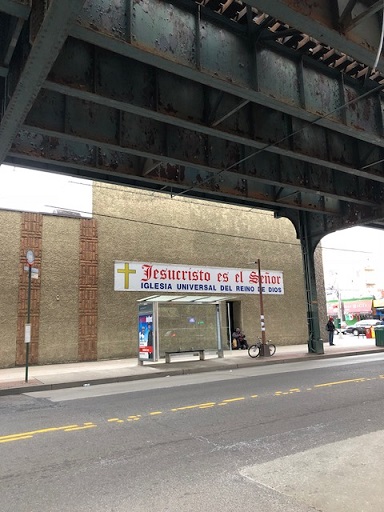

Bitcoin is a contradiction. As an investment, it must continue on gaining value, at the very least 7% when it settles down. As a transaction vehicle, it must maintain a steady price. We don’t want our dollars and pesos bouncing around in value, as that might wipe out the thin margins of merchants. The block-chain technology that makes bitcoin a secure and efficient digital currency is no longer an exclusive secret. Hundreds of block-chain currencies are rising and some are sponsored by banks and governments. If bitcoin succeeds in a big way as a transaction vehicle, it will fail as an investment, because of this inherent contradiction. The extensive advertising as well as PR on Bitcoin is a sign it is about to fail. Major holders of bitcoins are trying to find other investors so they can dump their investment before the bubble bursts.